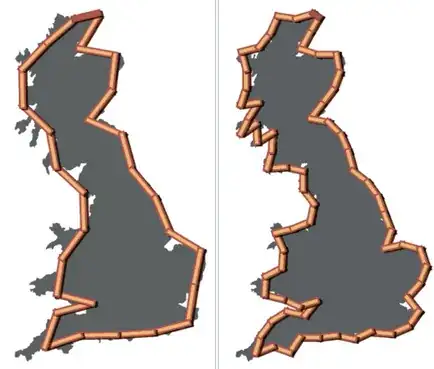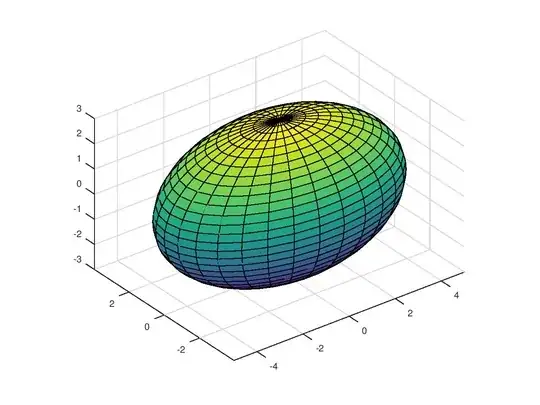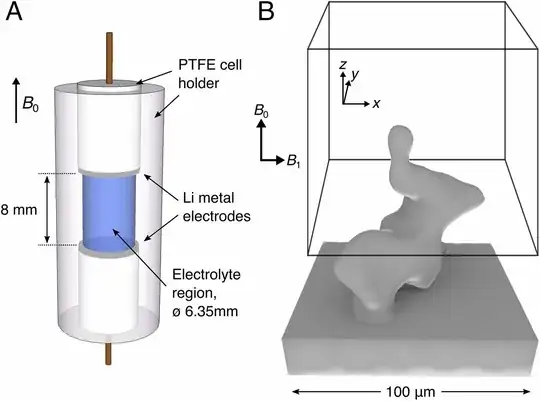I would ignore answers that say the surface area is ill-defined. In any realistic situation you have a lower limit for how fine a resolution is meaningful. This is like a pedant who says that hydrogen has an ill-defined volume because the electron wavefunction has no hard cutoff. Technically true, but practically not meaningful.
My recommendation is an optical profilometer, which can measure the surface area quite well (for length scales above 400nm). This method uses a coherent laser beam and interferometry to map the topography of the material's surface. Once you have the topography you can integrate it to get the surface area.
Advantages of this method include: non-contact, non-destructive, variable surface area resolution to suit your needs, very fast (seconds to minutes), doesn't require any consumables besides electricity.
Disadvantages include: you have to flip over your rock to get all sides and stitch them together to get the total topography, the instruments are too expensive for casual hobbyists (many thousands of dollars), no atomic resolution (but Scanning tunneling microscopy is better for that).
The optics for these instruments look like below
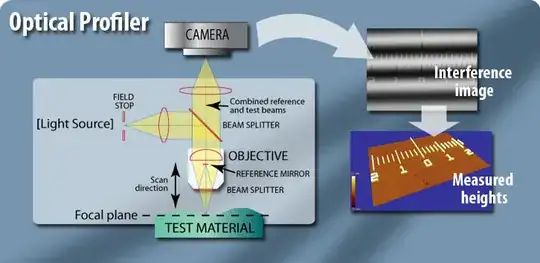
And it gives a topographic map like below.
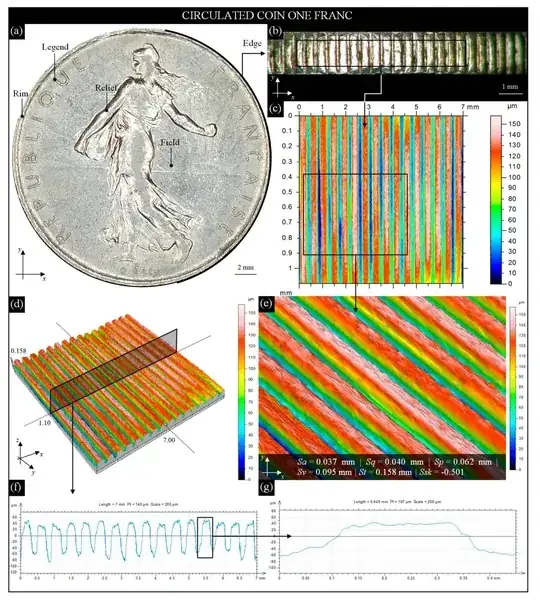
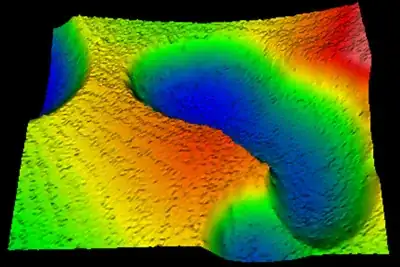
(source: psu.edu)



